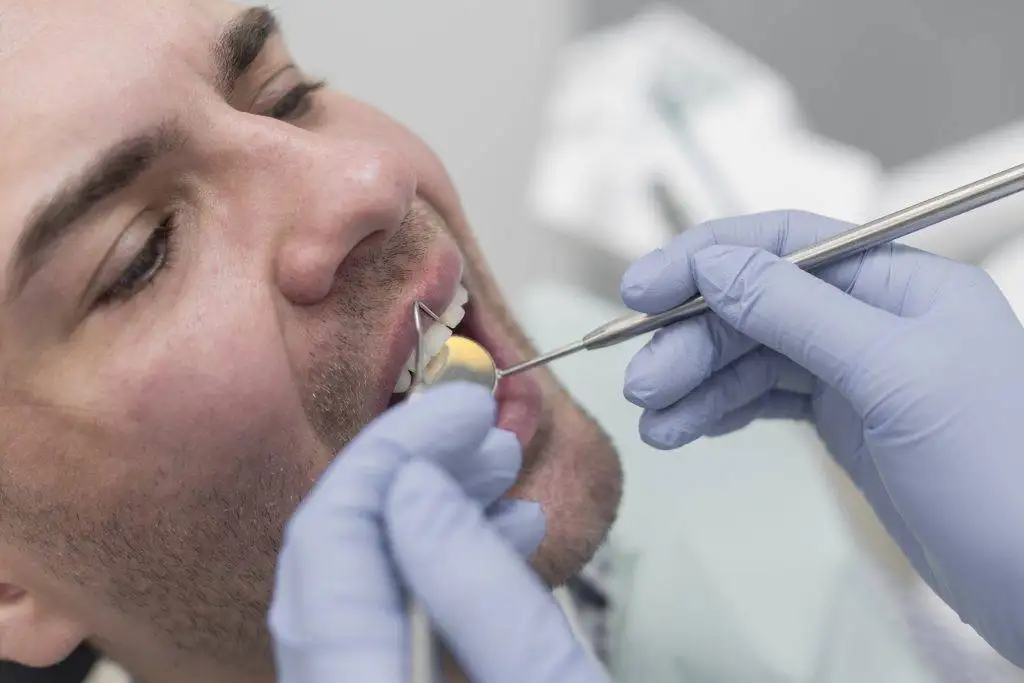
The world of healthcare is witnessing amazing developments thanks to rapid technological and scientific innovations. These innovations are not only changing the way healthcare is delivered, but also contributing to improving the quality of life and extending life. Let’s explore some of the most prominent of these innovations:
Artificial Intelligence and Machine Learning:
- Early diagnosis of diseases: Artificial intelligence is used to analyze medical images and genetic data to diagnose diseases in their early stages, increasing the chances of recovery.
- Drug development: AI helps speed up the process of discovering and developing new drugs, reducing costs and increasing the effectiveness of treatment.
- Surgical robots: Surgical robots are used to perform surgeries with extreme precision, reducing blood loss and shortening the recovery period.
3D printing:
- Organ transplantation: Technologies are being developed to 3D print human organs, representing a promising solution to the problem of a shortage of donor organs.
- Bioengineering: 3D printing is used in bioengineering to create biological tissues and structures for use in restoration and reconstruction.
Wearable devices:
- Health monitoring: Wearable devices such as smartwatches and fitness trackers help monitor vital signs such as heart rate, blood pressure, and blood sugar levels, which helps in early detection of diseases.
- Self-diagnosis: These devices can detect certain diseases, such as diabetes and high blood pressure, by analyzing the data they collect.
Remote Diagnosis:
- Online medical consultations: Technology allows medical consultations to be conducted remotely, making it easier for patients to access healthcare without having to travel to the hospital.
- Remote patient monitoring: Smart devices can be used to monitor patients’ condition remotely, reducing the need for frequent hospital visits.
Gene therapy:
- Treating genetic diseases: Gene therapy is a great hope in treating genetic diseases, as defective genes are modified to fix the genetic defect.
Virtual Reality and Augmented Reality:
- Surgical training: Virtual reality is used to train surgeons to perform complex surgical procedures.
- Rehabilitation: Virtual reality is used in the rehabilitation of patients after injuries and surgeries.
- Pain relief: Virtual reality can be used to relieve pain during medical procedures.
Challenges and future of innovation in healthcare:
Despite the great progress that has been made, there are many challenges facing the healthcare sector, such as:
- Cost: The cost of these new technologies is a major obstacle to their widespread adoption.
- Privacy: There are concerns about the privacy of patients’ health data.
- Laws and Regulations: Many of these technologies require a clear legal framework to regulate their use.
The future of healthcare innovation is promising: The coming years are expected to witness more innovations that will radically change the face of healthcare. By investing in research and development, and encouraging collaboration between the public and private sectors, we can achieve significant advances in healthcare and improve the lives of millions of people around the world.
Would you like to know more about a particular innovation?
comments:
Emphasis can be placed on the role of local culture in patient preferences.
This article could be expanded to include topics such as the importance of patient experience, the role of medical marketing in attracting patients, and the impact of technology on the doctor-patient relationship.





